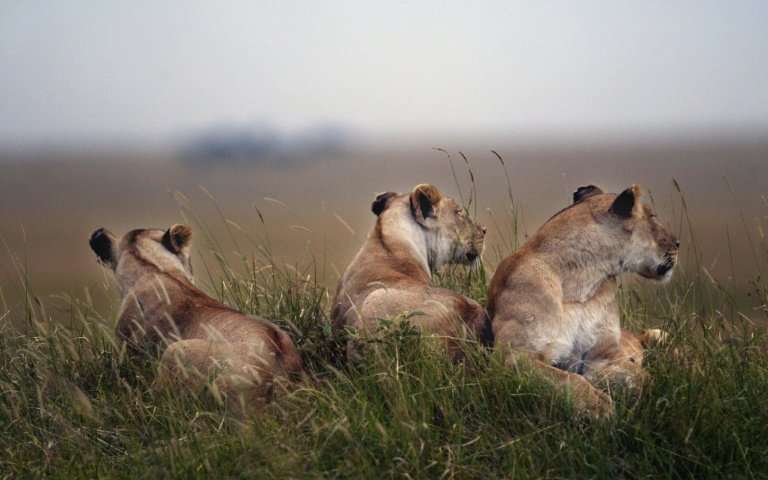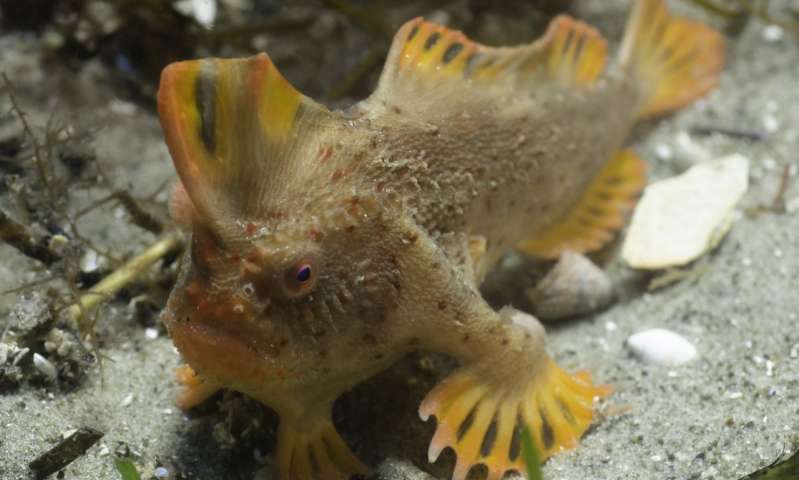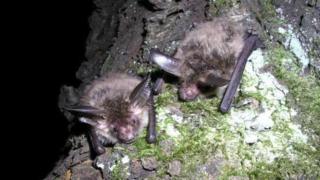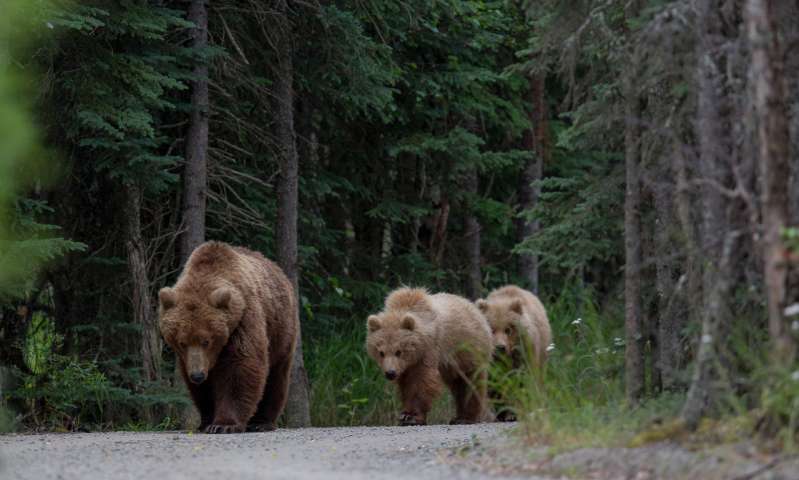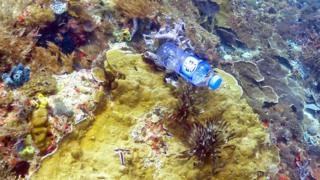Despite efforts to retrofit power poles and to build new poles to avian-friendly standards, electrocution remains a substantial cause of death for the golden eagle. The global conservation problem results in an estimated 504 eagles electrocuted annually in North America alone. A new Journal of Wildlife Management article examines the risk factors and mitigation techniques from literature published from 1940-2016 and provides new strategies by region to target high-risk poles that could substantially reduce the mortalities.
Big cats in evolutionary arms race with prey: study
Lions and cheetah are faster, stronger and no less agile than their prey, but zebras and impalas compensate with a surprising tactic, researchers said Wednesday: slow down, and keep the big cats guessing. Indeed, fleeing at top speed is a fatal mistake, making it easier for the fearsome felines to close in for the kill, they reported in the journal Nature.
“If the prey is running flat out, it cannot speed up and its movements become predictable,” lead author Alan Wilson, a professor at the University of London’s Royal Veterinary College, told AFP. “Lower-speed hunts favour prey survival, because it gives the animals the opportunity to manoeuvre.”
How to escape from a lion or cheetah – the science
The antelope can never out-run the cheetah, but it can survive the chase if it twists and turns sharply at the last minute. That’s the finding of a study that tracks the dance of death between the fastest land animal and its prey. Researchers have been analysing how zebra and antelope escape from lions and cheetahs on the African savannah. They say hunting at lower speed favours prey, as it offers them the best chance of out-manoeuvring the predator.
New population of world’s rarest fish discovered off Tasmanian coast
A team of divers from IMAS and the citizen science project Reef Life Survey (RLS) have discovered a new population of what is believed to be the world’s rarest fish. Red Handfish (Thymichthys politus) are found only off south east Tasmania and until last week only one remaining population of around 20-40 individuals had been identified. The new site, which will not be disclosed until management options can be discussed, also contains an estimated 20-40 individuals and is a number of kilometres away from the previously known population in Frederick Henry Bay.
Most UK bat species ‘recovering or stable’
The UK’s bats are holding their own, according to the most recent national survey. Of the 18 resident species, most are growing in number or are stable. It is evidence that protective measures introduced in recent years are working, the Bat Conservation Trust says.
However, the group cautions that the status of all populations needs to be viewed in the context of major declines that occurred during the 20th Century. “There has been so much conservation action in recent years, along with legislation, that we would have hoped to see some sort of positive response,” said Phil Briggs, the trust’s monitoring manager.
Sea butterflies repair shell damage from ocean acidification
A new study of tiny marine snails called sea butterflies shows the great lengths these animals go to repair damage caused by ocean acidification. The paper, led by researchers at British Antarctic Survey, is published this month in the journal Nature Communications.
Modern humans left Africa much earlier
Researchers have identified the remains of the earliest known modern humans to have left Africa. New dating of fossils from Israel indicates that our species (Homo sapiens) lived outside Africa around 185,000 years ago, some 80,000 years earlier than the previous evidence.
The co-lead researcher, Prof Israel Hershkovitz, told BBC News that the discovery would fundamentally alter ideas of recent human evolution. “We have to rewrite the whole story of human evolution, not just for our own species but all the other species that lived outside of Africa at the time,” the researcher, from Tel Aviv University, explained.
Humans get in the way of mammal movement
Humans modify natural landscapes in a variety of ways, from constructing expansive cityscapes to fencing off otherwise untouched rangeland. A new study, co-authored by biologists at the University of Maryland, describes the extent to which highly modified landscapes impede the movement of 57 land-based mammal species from around the world. On average, these mammals cover about a third to half of the distance they would otherwise travel in wild, unmodified landscapes.
A third of coral reefs ‘entangled with plastic’
Plastic is one of the biggest threats to the future of coral reefs after ocean warming, say scientists. More than 11 billion items of plastic were found on a third of coral reefs surveyed in the Asia-Pacific region. This figure is predicted to increase to more than 15 billion by 2025.
Plastic raises by 20-fold the risk of disease outbreaks on coral reefs, according to research. Plastic bags, bottles and rice sacks were among the items found.
The Uninhabitable Earth, Annotated Edition
We published “The Uninhabitable Earth” on Sunday night, and the response since has been extraordinary — both in volume (it is already the most-read article in New York Magazine’s history) and in kind. Within hours, the article spawned a fleet of commentary across newspapers, magazines, blogs, and Twitter, much of which came from climate scientists and the journalists who cover them.
Some of this conversation has been about the factual basis for various claims that appear in the article. To address those questions, and to give all readers more context for how the article was reported and what further reading is available, we are publishing here a version of the article filled with research annotations. They include quotations from scientists I spoke with throughout the reporting process; citations to scientific papers, articles, and books I drew from; additional research provided by my colleague Julia Mead; and context surrounding some of the more contested claims. Since the article was published, we have made four corrections and adjustments, which are noted in the annotations (as well as at the end of the original version). They are all minor, and none affects the central project of the story: to apply the best science we have today to the median and high-end “business-as-usual” warming projections produced by the U.N.’s “gold standard” Intergovernmental Panel on Climate Change.




